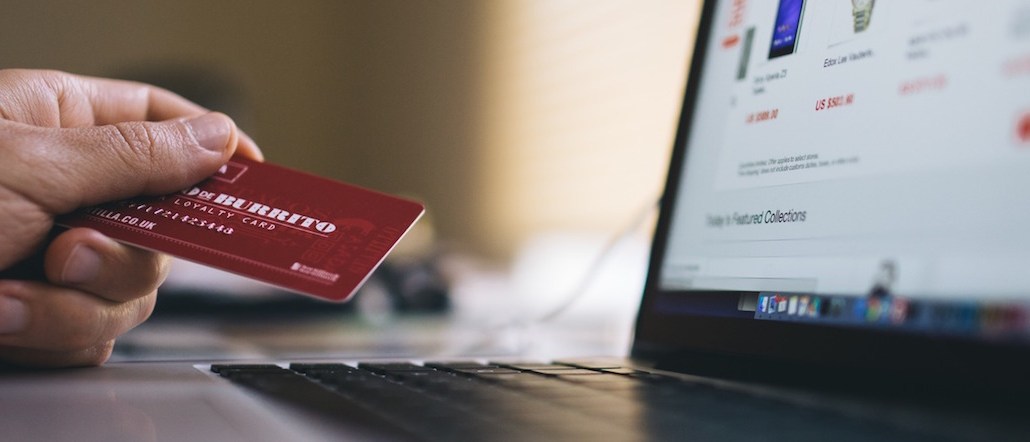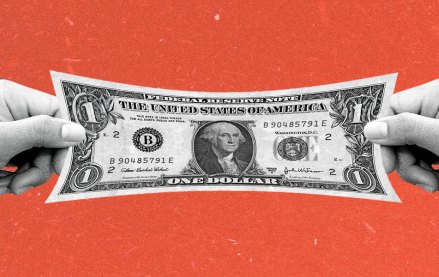
Just because an ad product makes a lot of sense, it doesn’t mean it won’t fail.
Twitter squashed its buy button this week. Facebook had previously killed its own buy button and Instagram and Pinterest have struggled with theirs as well. Sources told Digiday that buy buttons have struggled on social platforms because transactions have been clunky, inventory has been mismanaged and consumer intent was never properly understood.
“Users don’t buy on social networks currently,” said Forrester analyst Jessica Liu. “Users are much more likely to discover and explore brands, products and services on social media than they are to buy.”
Given the ecommerce success of companies like Amazon and the high levels of reach and engagement found on social platforms, marketers were bullish on the potential of buy buttons when they began to roll out a few years ago. But as time passed and more platforms adopted tried them out, they’ve never fully caught on.
In a survey from email marketing platform Campaigner released last month, 72 percent of marketers reported that they had experienced no sales as a result of buy button. And 40 percent of marketers reported that they planned to reduce their buy button usage this year.
EMarketer analyst Krista Garcia said that buy buttons still appeal to a small group of users. In some surveys, many people report that they are unsure where social buy buttons are placed and some people are unaware they exist.
“I think it gets a little lost in the scroll,” she said. “There is this idea that there is a pent up demand. But it hasn’t happened yet.”
Reps from agencies Wondersauce and Huge said that part of the reason why adoption of buy buttons has been slow is because the transactions that occur through them aren’t seamless like they are on ecommerce websites. Even marketers optimistic about the potential of platform buy buttons, like Movement Strategy co-founder Jason Mitchell, noted that the platforms have a hill to climb in getting users accustomed to transacting directly on the platform.
“Amazon is successful because they actually deliver on the promise of saving time through innovation,” said Charlie Fiordalis, chief digital officer at Media Storm. “Social buy buttons have an unknown buying process. I can imagine people hovering over the button and thinking ‘great targeting, definitely need this, but how long will it take to go through the checkout process.’”
Justin Benson, CEO of payments platform Spreedly, said that inadequate inventory management and a misunderstanding of consumer intent have plagued buy buttons. Because online shoppers tend to visit a page several times before purchasing, a “‘spontaneous buy’ assumption was probably a critical error to begin with,” he said.
“Consumers on Twitter – and social overall – are not in ‘shop mode,’ but rather ‘research mode,” said Andy Amendola, director of digital strategy at The Community. “Although most millennials have become instant gratification-prone for some things, they are not ready to push that buy button just yet.”
More in Marketing

Advertising’s new ‘universal language’ for AI agents sparks old debates about power and openness
The long search for order in advertising’s AI future.

Walmart deepens relationship with OnePay, a one-stop finance app it helped create
Walmart-backed fintech firm OnePay this year has added features that further expand its relationship with Walmart and its customers.

How creators are becoming their own networks with Night agency’s David Huntzinger
David Huntzinger of Night says the creator economy is reaching an inflection point, as YouTube experiments with dynamic ads and brands like Blue Apron take influencer marketing in-house.








